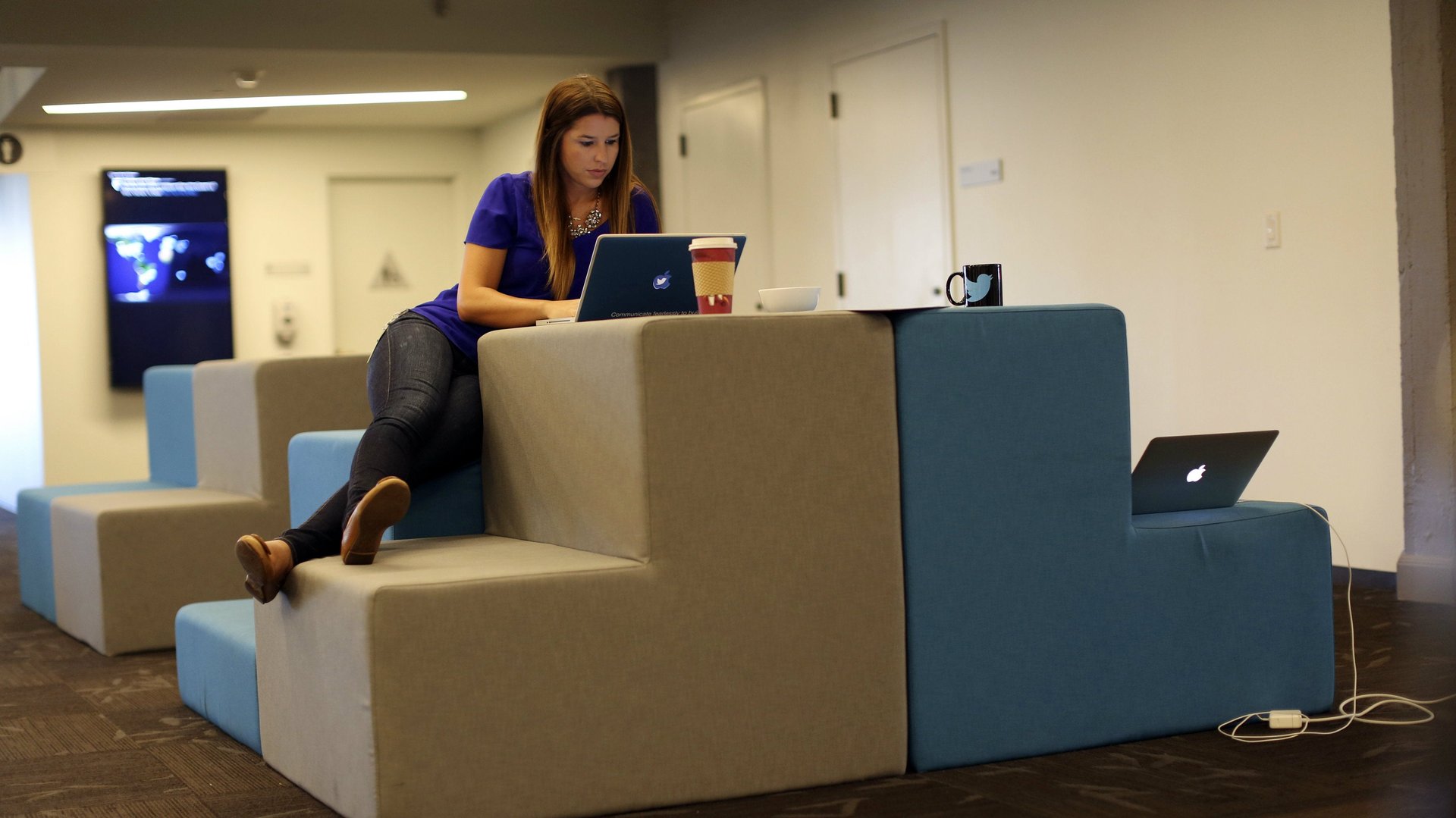The biggest productivity myth is that rigid rules like the Pomodoro technique are for everyone
The internet is filled with advice and lifehacks on how to improve productivity. We all want to achieve more, it seems, to cram more into our days. There always seems to be that one overachieving colleague who has it all figured out, and uses a complex routine involving butter-filled coffee, short bursts of jumping jacks, and weekly fasting to help him achieve maximum productivity. Perhaps we should mimic his schedule?


The internet is filled with advice and lifehacks on how to improve productivity. We all want to achieve more, it seems, to cram more into our days. There always seems to be that one overachieving colleague who has it all figured out, and uses a complex routine involving butter-filled coffee, short bursts of jumping jacks, and weekly fasting to help him achieve maximum productivity. Perhaps we should mimic his schedule?
But there’s little point trying to apply some strict productivity “rules” to your own working habits. Though methods such as the Pomodoro technique, which advises working in 25 minutes bursts with short breaks in between, are popular, scientific research shows there’s no set work schedule that works for everyone.
Daniel Levitin, professor of behavioral neuroscience at McGill University, says that we all have different “neural styles,” as determined by our genetics, experience, how our brains develop, daily neurochemical balance, and caffeine and alcohol intake.
Meanwhile Gloria Mark, professor in the department of informatics at the University of California, Irvin, points out that her research shows personality traits affect ability to focus. “People who score high on Neuroticism and Impulsivity, and who are more susceptible to stress, have significantly shorter attention duration when working on the computer,” she writes in an email. “I interpret the Neuroticism finding to mean that when people are neurotic, they replay thoughts and events over and over in their minds. This interferes with their ability to focus. When people also have a trait of impulsivity, then it’s harder for them to stop the urge to be distracted (e.g. to check Facebook), compared to other people.”
Trying to embark with an ideal productivity plan can be a bit like going on a strict diet, where the rules are simply too impractical to have a lasting effect on lifestyle. Instead, both Mark and Levitin say that small, meaningful changes are best, and that the general principle of working interspersed with breaks is a good guide. It’s simply that the ideal length of time to work before breaking will vary from person to person.
Levitin advises against the ‘anything goes’ approach and says everyone should experiment to find their own ideal productivity system.
“If you’re trying to set up a system I wouldn’t say work until you’re tired and then take a break, and then work when you feel like it again,” he says. “The body has a number of cycles, circadian rhythms, and you want to train your body to take maximum advantage of those.”
Trial and error is the best way to find your rhythm. Levitin says to spend a week working for 90 minutes, followed by a 15-minute breaks, with an hour off at lunch. If by the end of the week, your attention is still flagging at the end of the 90 minutes, then reduce your work period by 10 minutes. If you think you can go longer, then add 10 minutes.
In a perfectly productive world, we’d all cut out caffeine, sugar, and Facebook, which lead to weaker attention spans. But Levitin says not to worry about such things when first embarking on a productivity program.
“If you try to do all those things at once, you don’t know what’s causing the improvement if you see any improvement,” he says. “I’d introduce these things gradually so as not to cause too abrupt a change.”
Ultimately, there will always be some people who can work for hours on end without flagging, while others need much longer breaks. But no amount of clean eating or strict routines will allow everyone to work the same way. We all have different brains, so embrace your own unique productivity style.